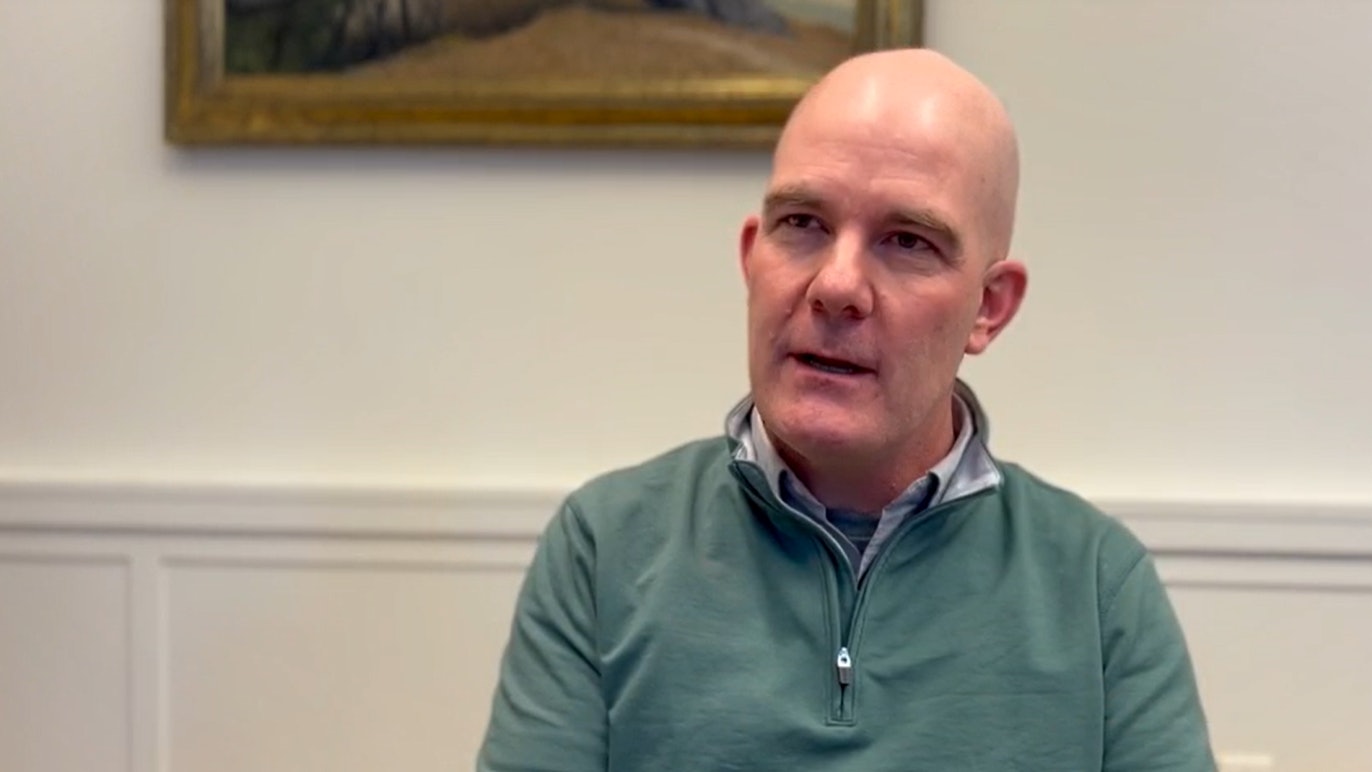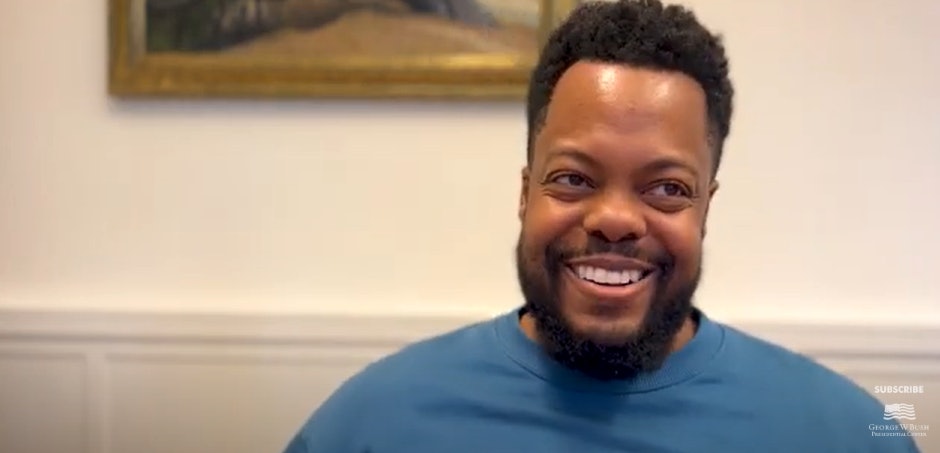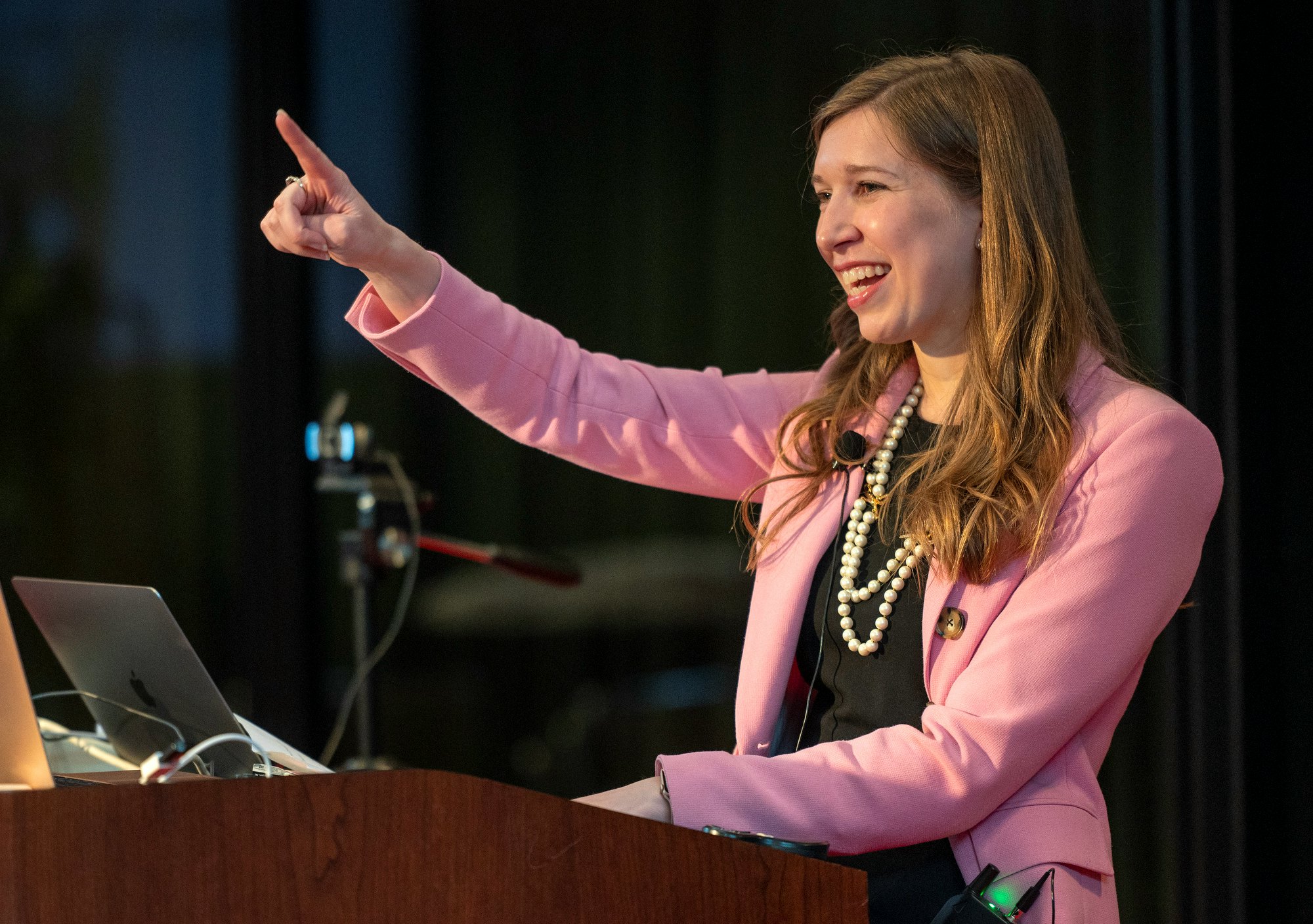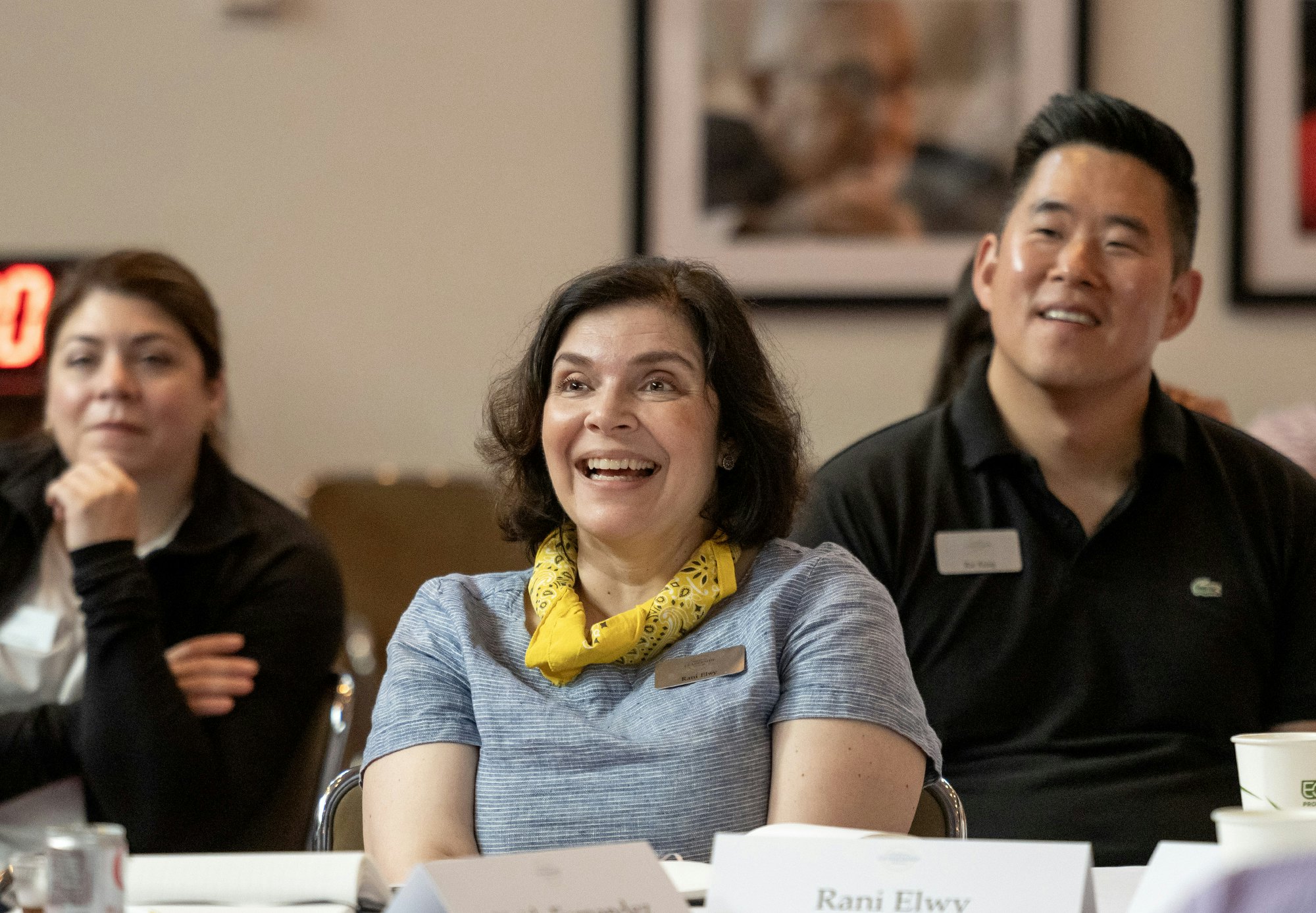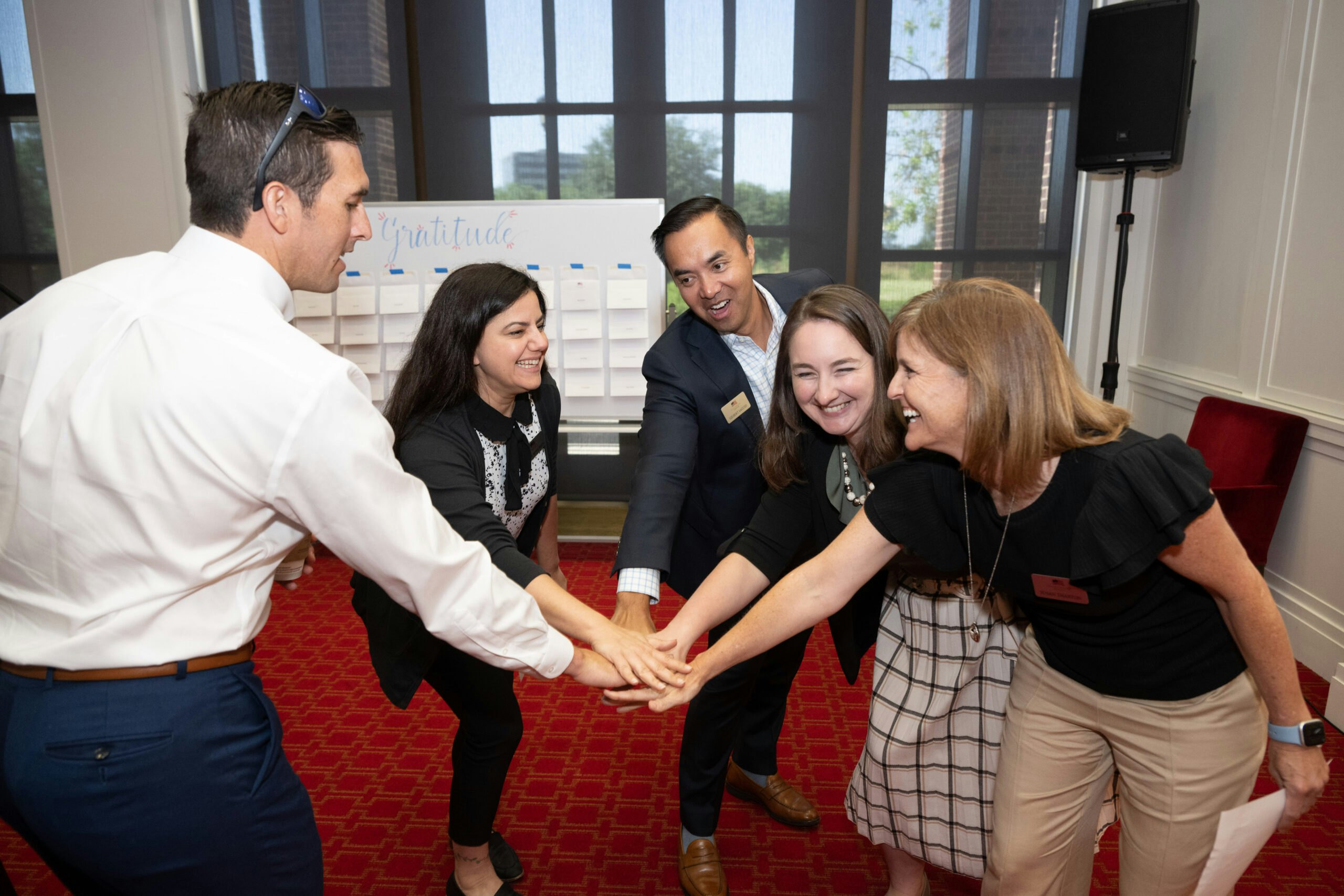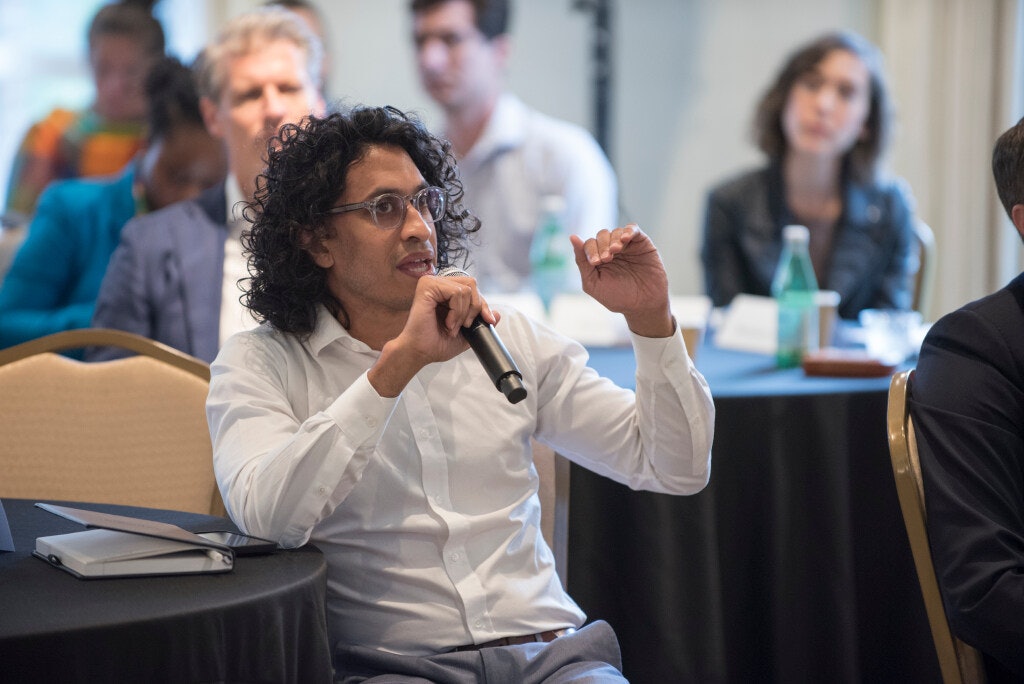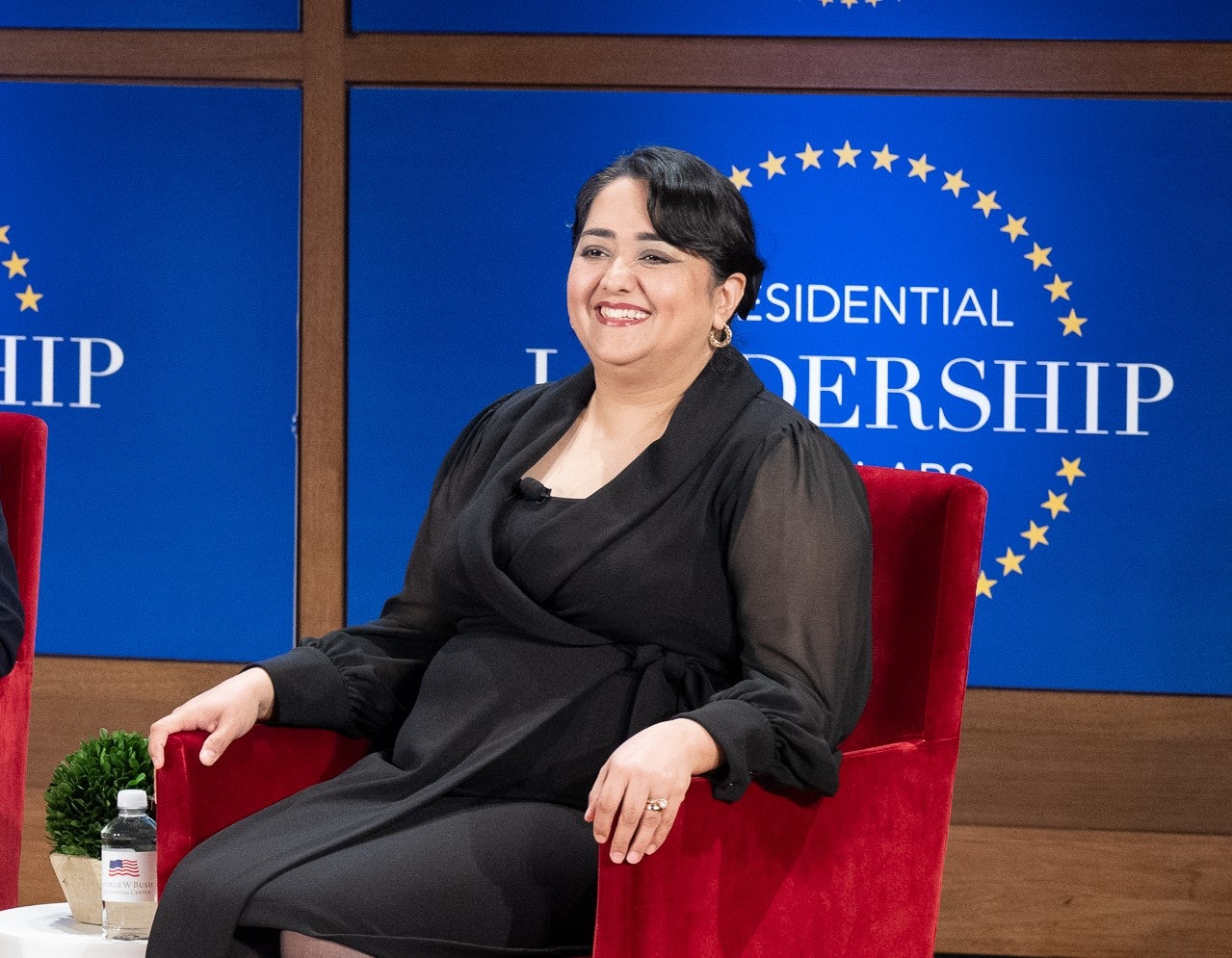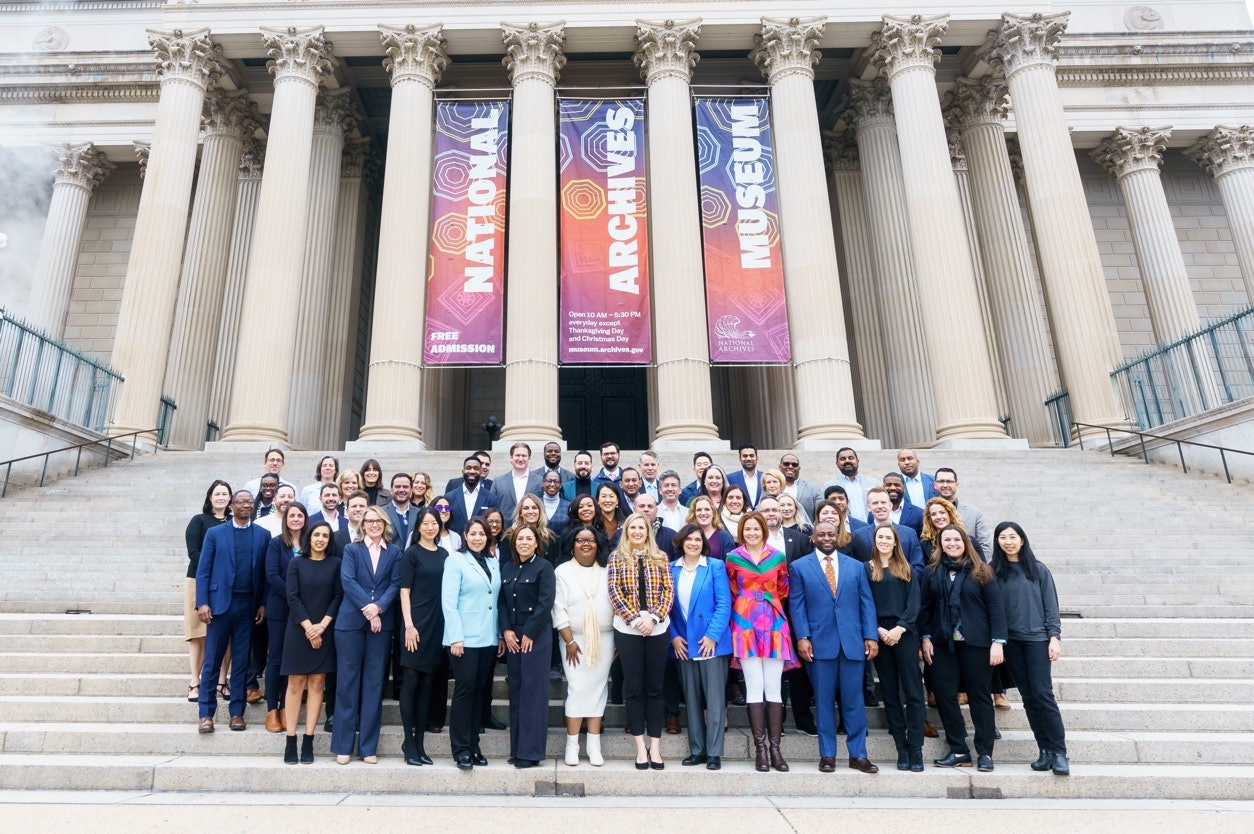"Every decision that gets to the President’s desk is a hard one. If it’s an easy call the President never sees it because his advisors agree on the easy answer."
This being Presidents Day, we asked Keith Hennessey to discuss some of the processes that go into presidential decision-making. Former Director of President George W. Bush’s National Economic Council and Assistant to the President for Economic Policy, Hennessy is now a lecturer at Stanford University Graduate School of Business. Earlier this month, he led the 2017 class of Presidential Leadership Scholars in a series of exercises about presidential choices.
As we pause for Presidents Day, what essentials about presidential decision-making would probably most surprise those of us who don’t sit in the Oval Office or work in the White House? Is it the processes that go into making those decisions? Is it the speed of the decisions? Is it the complexity of the questions? Is it something else?
- Many of the decisions that you’d think would be made by a Cabinet Secretary or a sub-Cabinet official are in fact made by the President. This is in part because the President wants to make the big calls for himself, but more often because many decisions span multiple policy areas, so only the President has the scope and perspective to make the necessary tradeoffs.
- Every decision that gets to the President’s desk is a hard one. If it’s an easy call the President never sees it because his advisors agree on the easy answer. Sometimes they’ll run it by him for signoff, but he spends his time on the really nasty choices that no one else wants to or can make.
- Many presidential policy decisions involve trading off competing priorities. Which is more important, a little more security or a little more privacy? A little more equity or a little more growth? Minimizing the number of deserving people who get help, or minimizing the number of undeserving people who aren’t unnecessarily subsidized? These aren’t engineering problems, they’re value tradeoffs.
You wrote recently that presidents naturally can make a decision anyway they like. But to make a well-informed decision, you wrote, “he needs information and counsel that represents a wide range of experience, expertise and viewpoints.” How does a White House make sure that a “wide range” is included?
Typically by giving many senior advisors an opportunity to weigh in before the President makes a decision. A President might meet with anywhere from 5 to 20 Cabinet officials and senior White House staff to debate a particularly important policy choice. If the process is run well, in an hour the president can hear an impassioned and well-informed debate in which his advisors make their cases for their preferred options, and in which the president gets all the information and advice he needs to make what is for him a good decision.
This is all related to process, which can seem cumbersome at times. So, why is process important in an administration, especially when events and issues move at such terrific speed?
Process is important for a few reasons.
First, every decision the President makes has an enormous impact, so you need a way to make sure you don’t make unforced errors. A well-run decision-making process reduces the number of elementary mistakes.
Second, over a four-year term the President makes a lot of decisions. If you don’t have a structure that works you’ll quickly be overcome by events and devolve into chaos, doing even more policy damage by winging it.
Third, a well-run process gives the President both the information and advice he needs to make good decisions, and also the confidence to know that he’s well-informed and well-advised.
And fourth, a good process keeps the President’s team operating effectively on his behalf, so that when he makes a decision they are bought into that decision and will execute it faithfully and with a clear understanding of why he made the decision that he did.
In a Bush Institute interview two years ago, you wrote that presidents should make sure they “surround themselves with talented people who are ‘stress reducers’ rather than ‘stress adders.’ ” What’s the difference and why are such people important?
External pressures on the President, the White House, and the Administration can create an environment of tremendous stress. In my experience there are certain people who operate particularly well in such an environment, and who tend to increase the effectiveness of those around them. Sometimes this is simply because they are effective and productive, while in other cases they have a professional style that calms others down and makes them more effective.
Stress adders magnify the already unbearable pressures unnecessarily and reduce the effectiveness of the President’s team as a whole. That’s inefficient, it often doesn’t serve the president well, and others don’t want to work with them.







